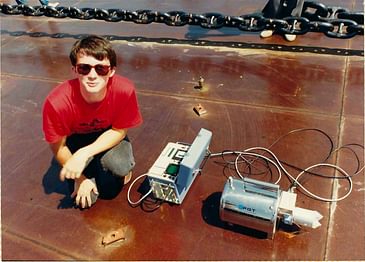Our team returns to the Soviet Union to take data on the Slava. We hear about the spectroscopy of a nuclear weapon and the legacy of the Black Sea Experiment.
Related Episodes
The journey of a citizen scientist with Frank von Hippel
Physicist and activist, Frank von Hippel discusses his career in arms control and what the future may hold for the world. Two corrections – 1) The Nuclear Weapons Freeze march was from the UN to Central park and 2) The banner in the Freeze march said 177 out of 195 towns voted for the Freeze in Vermont...
Prelude to the Black Sea Experiment: The Soviet Scientists Reach Out
This episode sets the stage for the Black Sea Experiment. We are introduced to Tom Cochran and Frank von Hippel, two people who had a hand in changing the way the US viewed arms control verification. This episode introduces seismic verification, used to verify nuclear tests for decades.
Adventures in Nuclear Risk Reduction - Georgia Pt 2
Shelly continues her stay in Tbilisi, Georgia and speaks to two Physicists, Giorgia Japaridz (Illia State Univ.) and Revaz Shanidze (Tbilisi State Univ). They discuss what life as a physicist was like under Soviet rule and after Georgian independence. Along the way we learn about scientists who protec...





